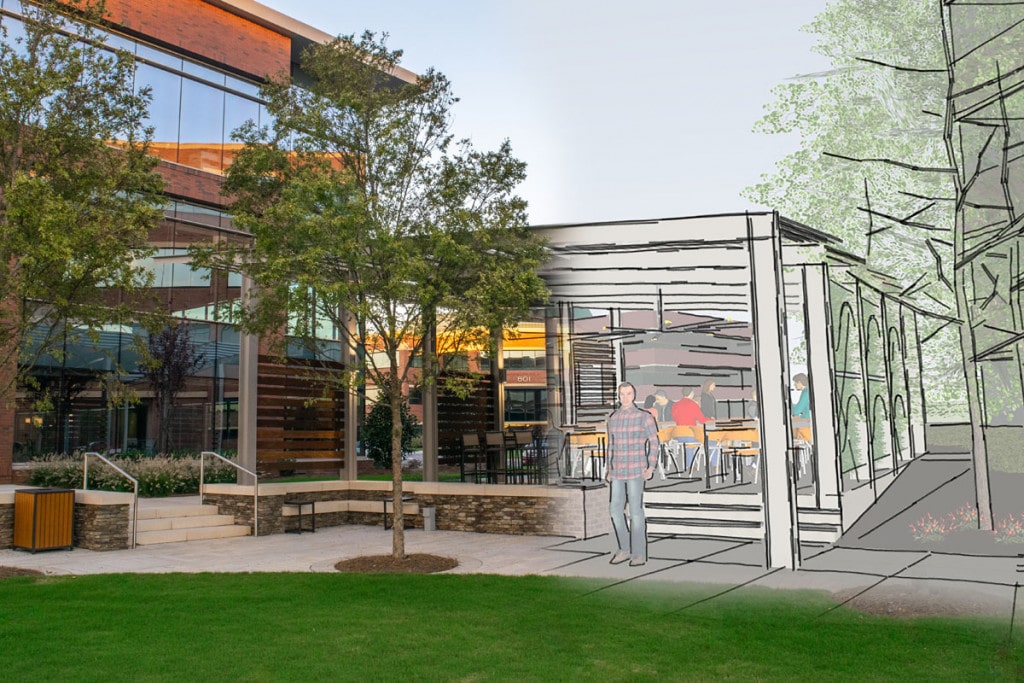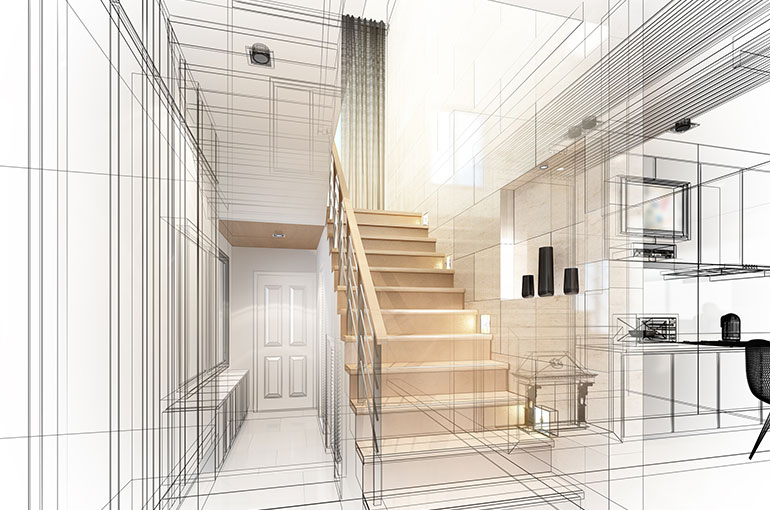A Detailed Summary of Architectural Styles and Their Influence on Modern City Planning and Growth
Architectural designs have long served as a mirror to the societal values and technical developments of their time, playing a crucial role in shaping modern city preparation and advancement. From the splendour of Neoclassicism to the practical method of Brutalism, each style has actually introduced unique concepts that affect metropolitan appearances and functionality.
Historical Summary of Building Styles

As cultures transitioned through the Middle Ages, Gothic design arised, characterized by its verticality and elaborate outlining, matching the spiritual desires of the period. The Renaissance noted a revival of timeless suitables, merging art and architecture in ingenious methods that influenced succeeding designs throughout Europe.

Today, architectural designs remain to progress, driven by globalization and sustainability issues, mirroring a dynamic interaction in between heritage and innovation. This historical introduction highlights the significance of architecture as a mirror of societal advancement and as a driver for city growth.
Key Architectural Styles Explained
The variety of architectural styles reflects the myriad impacts that shape our constructed environment, each embodying distinctive attributes and social values. Key architectural designs include Classical, Gothic, Baroque, Innovation, and Postmodernism, each representing one-of-a-kind historical contexts and visual ideologies.
Classical architecture, rooted in ancient Greece and Rome, highlights balance, proportion, and using columns (cda architects). On the other hand, Gothic design, growing in the center Ages, is characterized by sharp arcs, ribbed vaults, and flying buttresses, creating an ethereal top quality in sanctuaries. Baroque style, emerging in the 17th century, is marked by splendour, elaborate decoration, and a dynamic interaction of light and darkness
Modernism, which obtained momentum in the early 20th century, prioritizes function over form, using new materials like steel and glass to develop minimal structures. Postmodernism, reacting against the austerity of Innovation, embraces eclecticism and historical recommendation, typically integrating lively aspects and paradox.

Influence On Urban Preparation
In forming the advancement of cities, building styles substantially affect metropolitan preparation choices. The choice of building style typically dictates the aesthetic appeals, functionality, and overall character of urban settings. As an example, modernism, with its emphasis on minimalism and capability, motivates open rooms and the integration of modern technology, forming city formats that focus on performance and ease of access. On the other hand, traditional styles might stress historic preservation, bring about city layouts that maintain cultural heritage and promote pedestrian-friendly atmospheres.
Furthermore, architectural styles can impact zoning guidelines and land use plans. Urban coordinators should take into consideration the dominating architectural fads when designing districts, making sure that brand-new growths balance with existing frameworks. This consideration cultivates natural urban landscapes and improves community identification.
The application of particular building styles can additionally influence socioeconomic variables within a city. For instance, high-end contemporary designs may bring in affluent residents and organizations, bring about gentrification, while extra inexpensive real estate solutions could prioritize sensible and sustainable styles to suit varied populaces. Eventually, the interaction in between building designs and urban planning creates dynamic cities that reflect both historical context and contemporary needs, forming the lived experiences of their occupants
Sustainability and Modern Architecture
Building designs play a critical duty in addressing contemporary difficulties, specifically in the realm of sustainability. As metropolitan locations increase and environmental worries magnify, modern-day style progressively welcomes sustainable layout principles that focus on energy effectiveness, source conservation, and minimal ecological effect.
Contemporary building activities, such as biophilic style and environment-friendly style, advocate for structures that integrate with their environments, making use of all-natural materials and advertising biodiversity. These designs typically integrate eco-friendly power resources, such as photovoltaic panels and wind turbines, to minimize dependence on nonrenewable fuel sources and lower carbon footprints.
In addition, the assimilation of innovative modern technologies, such as clever structure systems, improves power monitoring, maximizing resource use while making certain owner convenience. Cutting-edge water management approaches, consisting of rain harvesting you can try here and greywater recycling, further add to sustainable urban atmospheres.
Significantly, sustainability expands beyond ecological concerns; it incorporates social our website and financial measurements. By promoting area wellness and promoting inclusivity, modern-day building styles line up with sustainable growth objectives. Subsequently, the development of building techniques proceeds to form durable cities that not only meet the requirements of the existing but additionally protect the future for generations ahead.
Community Involvement in Style
Area interaction in design offers as a vital bridge in between engineers and the populations they offer, guaranteeing that the developed setting shows the needs and desires of its users. This collective procedure invites neighborhood participants to contribute their insights and preferences, promoting a feeling of ownership and responsibility towards the spaces they populate.
Reliable community interaction uses various approaches, such as workshops, studies, and public forums, to gather diverse viewpoints. These approaches promote a two-way dialogue, enabling designers to understand regional contexts while encouraging residents to articulate their concerns and wishes. This inclusivity not just enhances the design high quality yet likewise advertises social equity by dealing with the unique obstacles encountered by marginalized groups.
In addition, community involvement can lead to innovative remedies that may not emerge in a conventional design process. By incorporating regional understanding and cultural worths, architects can produce spaces that resonate even more deeply with users, boosting usability and sustainability. Ultimately, prioritizing neighborhood interaction in style processes leads to environments that nurture social interactions, assistance wellness, and strengthen community connections, thus playing a crucial function cda architects fit modern-day city landscapes.
Conclusion
Building designs have actually greatly influenced modern city preparation and growth, reflecting developing social and technological contexts. The integration of historic looks with modern requirements cultivates city settings that focus on sustainability and neighborhood involvement. As cities continue to grow and adapt, the continuous dialogue between architectural heritage and contemporary style concepts will stay necessary in producing comprehensive, vivid rooms that enhance high quality of life and promote social equity. The future of city development rest on this harmonious equilibrium.